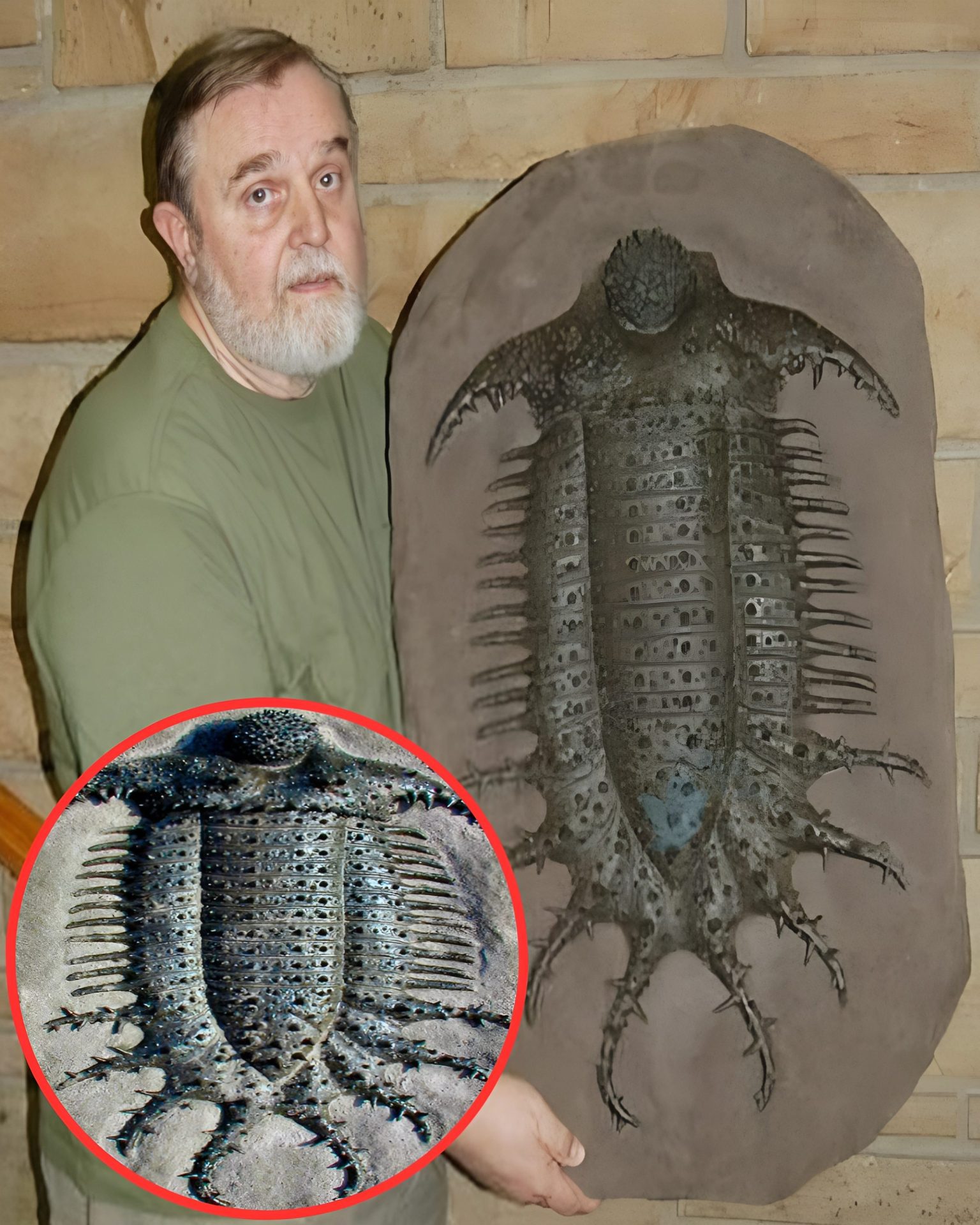Terataspis boasts the distinction of being one of the largest trilobites ever discovered. This colossal creature measured approximately 60 centimeters in length and inhabited the Earth during the Early Devonian period, around 397 million years ago. Its fossilized remains have been unearthed in what is now New York state and Ontario, indicating that it thrived in the shallow seas of that region during ancient times.

Despite the absence of whole specimens, scientists have been able to reconstruct Terataspis by studying disarticulated fragments of its exoskeleton. Through meticulous examination and analysis of these fragments, researchers have pieced together a comprehensive understanding of the creature’s anatomy and appearance.

Terataspis’ immense size and unique characteristics offer valuable insights into the diversity and evolution of trilobites during the Devonian period. Studying this remarkable ancient organism contributes to our understanding of prehistoric ecosystems and the biological adaptations that shaped life on Earth millions of years ago.




